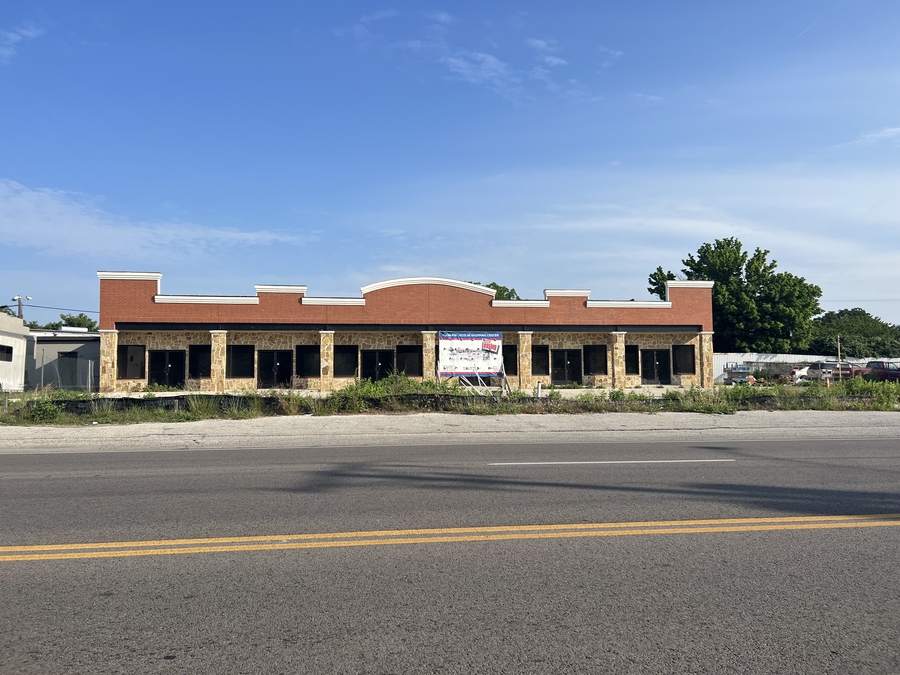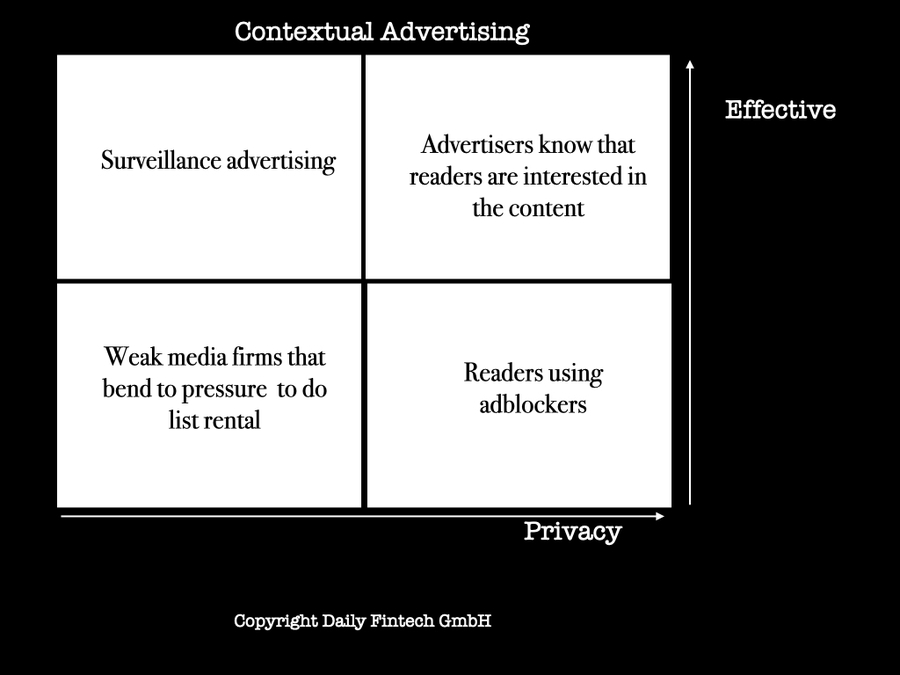Haltom United Business Alliance urges Haltom City to adopt form-based codes in an overlay district encompassing the declining areas of South and Central Haltom City.
HALTOM CITY, TX, November 10, 2023 /24-7PressRelease/ — In an effort to encourage growth in Haltom City, Haltom United Business Alliance supports the adoption of form-based codes. This would primarily affect an overlay district that encompasses the areas of southern and central Haltom, which are in desperate need of revitalization.
“The older parts of Haltom City need help to bring the businesses back,” said HUBA Communications Director Joe Palmer. “Unfortunately, the use-based zoning makes it hard for space to switch from one use to another without triggering inspections and the requirement that the building be brought up to current codes.
“Under the current rules, many of the older, single-use buildings in Haltom City are locked in to being permanently vacant because changing the use triggers a requirement to bring them up to current code,” said Palmer. Form based zoning treats commercial uses as interchangeable and is focused more on the form of the building rather than the particular use, he added. Form-based code has four main categories, Commercial, Industrial, Residential, and potentially Intense, like sexually oriented businesses or junk yards. Uses in the last category require special use permits but uses in the other categories can coexist within their category without burdensome change-of-use rules. So, for instance, a dance studio can replace a retail store or an insurance sales office.
A town that successfully adopted form-based code is Freeport, Maine, home of the quintessential outdoors giant L.L. Bean and other popular shopping outlets. Downtown Freeport had enjoyed a booming retail success, until the advent of online shopping began to herald the decline of traditional “brick-and-mortar” retailers. When the COVID pandemic hit in 2020, the downtown area faced an alarming increase in store vacancies. According to Brett Richardson, executive director of the Freeport Economic Development Corp., town officials knew they had to act.
“Freeport was really a manufacturing town that allowed folks to live downtown and in mixed-use neighborhoods, dense residential neighborhoods, and then be able to walk to their jobs,” Richardson said. “The old-timers talked about the fact that they only drove their cars on the weekends, because they could get everything they needed right downtown.” Richardson believed that returning Freeport to the “good old days” was possible by embracing form-based codes. With a goal of drawing residents back to the downtown area, municipal leaders knew that affordable housing was the key.
The town initiated a process called “Downtown Vision,” which entailed meeting with local residents and business leaders to discuss what they wanted downtown Freeport to be. Participants overwhelmingly agreed that redevelopment should include more affordable housing, along with encouraging locally owned businesses to set up shop in the downtown area.
A couple of years ago, municipal leaders in Mansfield, Texas made the switch from use-based zoning to form-based code in Mansfield’s historic downtown district. Their goal was to stimulate new development that would fit with the character of the traditional historic downtown area. According to HUBA founder Ron Sturgeon, as soon as Mansfield adopted form-based code, new projects began to blossom downtown.
“Since their initial success, they’re now working on making the same changes along US-287, which is another area that’s experiencing growth,” Sturgeon said. “And most of those changes will have been implemented in less than 18 months, which is remarkable. On the other hand, Haltom hasn’t taken the first steps to try to bring businesses back to the older corridors,” he added.
Sturgeon believes that to encourage the same kind of growth and revitalization experienced by Mansfield, Haltom City needs to be willing to accept realities and experiment with new solutions. He adds, “Form- based zoning isn’t just for walking neighborhoods; it can be used to facilitate change in a lot of ways.” “Haltom city simply doesn’t want change, or they would have made some plan to march to in the two years HUBA has been requesting revitalization of the main declining corridors.”
“We must acknowledge that the southern and central parts of Haltom City are in decline,” Sturgeon said. “Now is the time to make plans and implement them as soon as possible. That way, we can bring back small businesses and bring back the prosperity these areas previously enjoyed.” Sturgeon believes the suggestions HUBA has made could be implemented within months, at no cost to the city, and within 12 months change would come.”
About Haltom City
Haltom City is a diverse, majority working-class city located between Dallas and Fort Worth in Tarrant County, TX. Haltom City is minutes from both the DFW Airport and Downtown Fort Worth with direct access to major highways including I-820 and SH-121. Due to an outdated and restrictive use matrix that discourages new business and deters growth, several areas of Haltom City have seen a decline in small businesses which provided goods and services and were a significant source of jobs, including the once-thriving automotive industry. However, Haltom City can reverse this trend and should prioritize development of inner-city land and vacant buildings, particularly in the major corridors close to the city’s center. The city is financially healthy with a capable manager and staff who would like to see diverse business development occur and need the support of the City Council to make it happen.
About Haltom United Business Alliance
Haltom United Business Alliance advocates for Haltom City’s business community, seeking to inform companies about issues affecting them. HUBA strives to make Haltom City a business-friendly community by encouraging small business growth and attracting businesses to the area, including the automotive industry, restaurants, breweries and a major grocery store. That growth will serve to improve the city’s facilities and infrastructure, and helps increase the tax base, allowing the city to pay competitive wages to first responders. HUBA is working toward a revitalization plan for the southern and central areas of the city, to prevent further degradation in those areas. The use of retail and office space is in decline, so it’s critical to attract new businesses. Such a plan requires a strong relationship and support of the business community. Any Haltom City business owner is eligible to join HUBA. Dues are $20 annually or $50 for lifetime membership, and membership is fully confidential. To join, contact Joe Palmer at 682-310-0591 or email [email protected]. Visit the group’s Facebook page at Haltom United Business Alliance. HUBA is not a political action committee and does not endorse candidates.
About Make Haltom City Thrive Again
Make Haltom City Thrive Again is a movement to return prosperity to the older parts of South and Central Haltom City by luring the small businesses that have left over the past decades back to Haltom City. A vibrant business community not only allows for greater employment and choice of goods and services, but also can ease the tax burden on residents. The movement is led by local entrepreneur and business owner Ron Sturgeon. For more on Sturgeon’s ideas and background, check out his book, Keeping the Lights on Downtown in America’s Small Cities and watch the videos on his Facebook page. Ron is also the founder of the Haltom United Business Alliance (HUBA) which represents existing business interests in Haltom City and promotes growth of diverse businesses. HUBA is not a political action committee and does not endorse candidates. If/when Ron endorses candidates, he will do so on his own via the Make Haltom City Thrive Again organization.
—
For the original version of this press release, please visit 24-7PressRelease.com here





